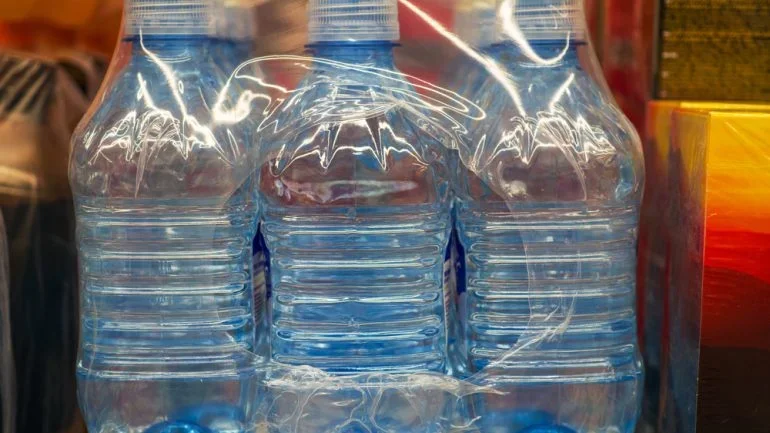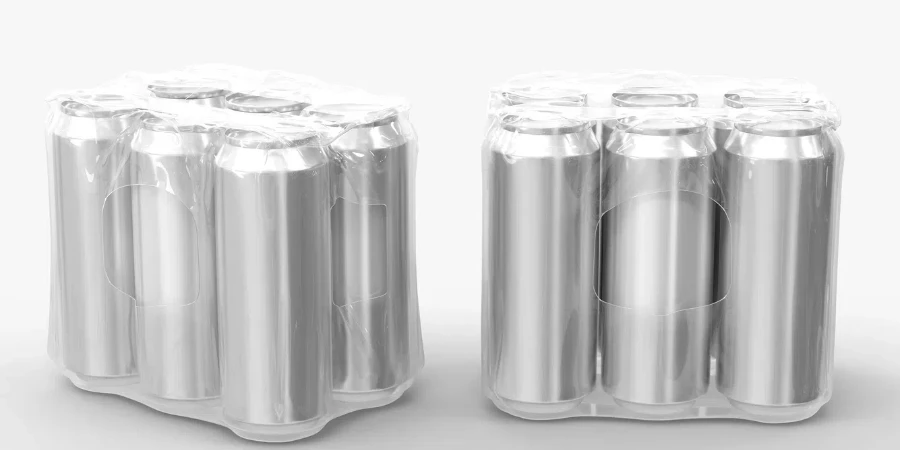Once dominated by PVC, the market has largely shifted to polyolefin as a more adaptable, eco-friendlier alternative, offering superior clarity and safer disposal options

Shrink film continues to be a mainstay in the packaging industry, with advances in materials and techniques expanding its utility across diverse sectors.
Defined by its unique ability to shrink and form a tight seal around objects when exposed to heat, shrink film offers both aesthetic and protective advantages.
This article delves into current trends within shrink film packaging, focusing on innovations in materials, applications, and environmental considerations.
Shift towards polyolefin for versatile, safer packaging
Traditionally, polyvinyl chloride (PVC) was the most widely used shrink film, praised for its ease of use and cost-effectiveness.
However, in recent years, polyolefin (POF) has become the preferred choice, primarily due to its versatility and lower health and environmental impact.
Unlike PVC, which can release toxic chlorine compounds during the heating process, polyolefin does not contain chlorine, making it safer to handle and store.
Furthermore, POF offers a more robust and flexible sealing capability, especially suited for products that may be exposed to a variety of storage conditions.
Polyolefin shrink film has also gained traction in food packaging, as it is FDA-approved for direct food contact, unlike PVC. This has made it particularly popular for wrapping baked goods, fresh produce, and other edible items that require secure yet food-safe packaging.
In addition, cross-linked polyolefin, an advanced version of the material, provides increased strength, clarity, and puncture resistance, making it ideal for heavier or higher-value items that benefit from greater protection.
As more manufacturers switch to polyolefin, the market is seeing an array of options suitable for various products and packaging requirements.
Increased demand for eco-friendly and recyclable options
The rise in global awareness about plastic pollution has pressured the packaging industry to develop sustainable alternatives.
While traditional shrink films such as PVC and standard polyolefin are challenging to recycle, innovations are making eco-friendly options increasingly available.
Polyethylene, a commonly used material for shrink bundling film, is gaining attention as a more recyclable alternative. Unlike polyolefin and PVC, polyethylene is more readily recyclable, which aligns well with today’s push for circular packaging solutions.
Companies are also exploring bio-based shrink films, which are made from renewable resources. Although still emerging, these films have the potential to provide all the benefits of traditional shrink wrap with a significantly lower environmental footprint.
The popularity of bio-based films is expected to grow as they become more cost-competitive and compatible with existing packaging machinery. Major brands are already experimenting with these eco-friendly films, appealing to consumers who prioritise sustainable packaging.
Another exciting development is the integration of recycling codes into shrink film materials, aiding in proper disposal and recycling. As consumers become increasingly aware of the impact of packaging waste, companies are focusing on materials that can be easily recycled and do not contribute to long-term waste.
These innovations are part of a broader movement towards sustainable packaging solutions, with shrink film evolving to meet modern environmental standards.
Enhancing branding and product appeal with improved clarity and printability
One of the significant trends in shrink film packaging is the enhancement of visual appeal through improved clarity and printability. Cross-linked polyolefin, for example, offers high clarity, making products more visible and appealing on store shelves.
This clarity is particularly beneficial in industries like electronics, cosmetics, and food, where consumers are often drawn to products they can view in detail before purchasing. The transparency and clean finish of shrink film give brands a competitive edge in showcasing their products while providing protective packaging.
Advances in shrink film printing are also allowing companies to incorporate brand logos, product details, and eye-catching designs directly onto the film. This creates a powerful branding tool, as companies can now customise packaging without additional labels or wraps.
This printing flexibility not only saves on materials but also enhances brand visibility and shelf presence. Moreover, the durability of shrink film protects printed designs from wear and tear, ensuring that branding remains intact throughout the product’s lifecycle.
With the market’s shift towards customisable and branded packaging solutions, the ability to print on shrink film has become an essential feature.
Conclusion
Shrink film packaging is evolving rapidly, with significant strides in materials, sustainability, and customisability reshaping its role in the packaging industry.
The move towards polyolefin as a safer, more versatile material, alongside the development of recyclable and eco-friendly options, reflects a broader trend towards responsible packaging.
Furthermore, enhanced clarity and printability capabilities provide brands with new ways to engage consumers and reinforce their identity.
As consumer expectations and environmental considerations continue to influence packaging trends, shrink film remains a vital component in delivering secure, attractive, and sustainable packaging solutions.
Source from Packaging Gateway
Disclaimer: The information set forth above is provided by packaging-gateway.com independently of Alibaba.com. Alibaba.com makes no representation and warranties as to the quality and reliability of the seller and products. Alibaba.com expressly disclaims any liability for breaches pertaining to the copyright of content.




